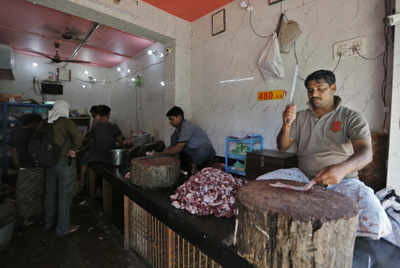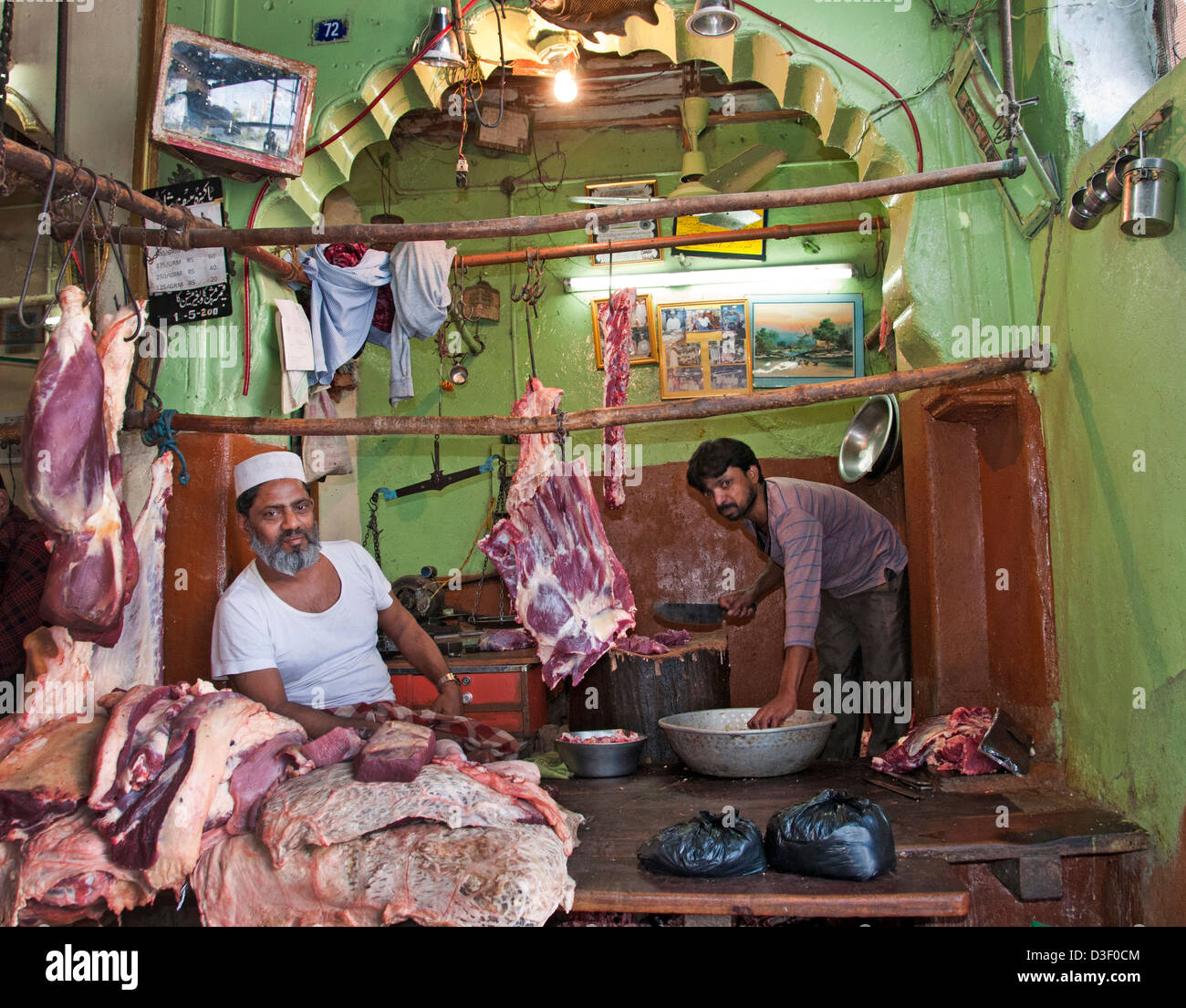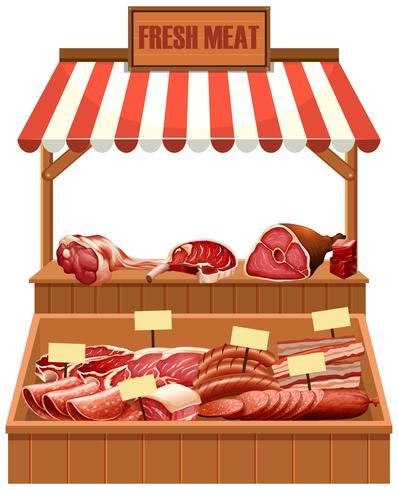Bagley Farms Meat Market: Raising Your Cooking Experience with Premium Meat Selections
From Ranch to Table: Accepting the Custom of Meat Markets and Butcheries
In an age dominated by comfort and automation, there exists a quiet change taking area in the cooking globe - a go back to the origins of food sourcing through the custom of meat markets and butcheries. These establishments, often forgotten in the darkness of grocery stores, are experiencing a resurgence as critical customers look for top quality, traceability, and a link to the origins of their food. However what is driving this change back to the methods of old? The response lies in the intersection of heritage practices, honest considerations, and a need for a more genuine gastronomic experience.
The Resurgence of Meat Markets
The resurgence of meat markets throughout different neighborhoods indicates a change in the direction of a restored recognition for locally sourced, top quality meats. Recently, consumers have actually come to be much more mindful of the origins of their food, leading to an expanding demand for openness and sustainability in the meat market. This fad has led the way for the rebirth of typical meat markets and butcheries, where consumers can straight communicate with knowledgeable butchers and resource their meat from nearby ranches.
Among the crucial driving factors behind this renewal is the wish for better and fresher products. By acquiring meat from regional markets, customers can guarantee that they are getting fresh cuts that have actually not taken a trip fars away or been being in storage for prolonged durations. Furthermore, supporting regional meat markets aids bolster the neighborhood economy and promotes area connections.
In addition, the revival of meat markets aligns with the wider motion towards sustaining small farmers and sustainable agricultural methods. By selecting to buy from these facilities, consumers are not only improving high quality meat yet also contributing to a much more honest and ecologically pleasant food system.
Workmanship in Butcheries
With the rebirth of meat markets emphasizing quality and sustainability, the focus shifts towards recognizing the detailed craftsmanship displayed in modern butcheries. Craftsmanship in butcheries goes beyond just reducing meat; it personifies a deep-rooted practice of competence and precision in managing different cuts of meat - Bagley Farms Meat Market. Butchers, commonly trained for several years, possess a wide range of knowledge on the anatomy of pets, knife skills, and the art of breaking down carcasses successfully
In modern-day butcheries, workmanship is obvious in the means butchers meticulously resource their meat, making sure high requirements of quality and ethical methods. They take pride in understanding the provenance of the meat they market, functioning carefully with local farmers and suppliers to use clients full transparency and traceability.

In Your Area Sourced Meat Top Quality
Amidst the growing passion in lasting practices, a focus on locally sourced meat quality has come to be increasingly popular in the meat market industry. Consumers are progressively seeking transparency in the sourcing and manufacturing of their meat, leading to a rise popular for in your area elevated and refined meats.
In your area sourced meat uses countless advantages, consisting of fresher items, assistance for regional farmers, and minimized ecological effect as a result of lowered transport distances. By buying meat from close-by ranches and butcheries, consumers can have much more confidence in the quality and safety of the items they are acquiring.
In addition, in your area sourced meat usually originates from pets that have been raised in more gentle conditions, with a concentrate on pet welfare and sustainable farming techniques. This moral technique to meat manufacturing reverberates with lots of consumers who are concerned concerning the beginnings of their food and its impact on the environment.
Farm-to-Table Purchasing Experience
In the world of locally sourced meat high quality, the farm-to-table click here for more shopping experience uses consumers a straight link to the origins of their food. This one-of-a-kind shopping experience permits clients to map the trip of their meat, from the farm where the animals were elevated to the table where it will be appreciated. By taking part in farm-to-table description purchasing, individuals can obtain a deeper understanding of the farming techniques, pet well-being standards, and sustainability initiatives involved in creating their meat.

Custom Fulfills Modern Culture


The convergence of standard meat markets and butcheries with contemporary society provides an one-of-a-kind possibility for the conservation of artisanal methods in a contemporary context. While modern-day developments have transformed various industries, the essence of traditional meat markets and butcheries continues to be deeply rooted in history and workmanship. This blend of practice and modernity enables the extension of classic strategies while adjusting to the requirements and choices of today's customers.
In today's busy globe, where comfort usually surpasses quality, there is an expanding recognition for the heritage and credibility that conventional meat markets and butcheries provide. Consumers are significantly seeking openness in the sourcing and production of their food, leading them back to the personalized solution and experience located in these establishments. Furthermore, the focus on sustainability and honest practices aligns with the worths maintained by numerous traditional meat markets and butcheries, cultivating a sense of community and duty towards the setting.
As culture proceeds to evolve, the coalescence of custom and modernity visit here in meat markets and butcheries not only makes sure the preservation of artisanal techniques but additionally enriches the culinary landscape with a mix of heritage and development.
Final Thought
In verdict, the practice of meat markets and butcheries is experiencing a revival in modern-day culture. These establishments provide locally sourced meat of high quality, supplying a farm-to-table purchasing experience for consumers.
In an age dominated by benefit and mass manufacturing, there exists a quiet transformation taking area in the cooking world - a return to the roots of food sourcing through the custom of meat markets and butcheries.The rebirth of meat markets across different neighborhoods shows a change in the direction of a restored appreciation for locally sourced, high quality meats.With the revival of meat markets highlighting top quality and sustainability, the emphasis changes in the direction of identifying the elaborate workmanship presented in modern butcheries. Craftsmanship in butcheries goes beyond just cutting meat; it embodies an ingrained custom of experience and accuracy in taking care of various cuts of meat.In today's hectic globe, where comfort often trumps top quality, there is an expanding admiration for the heritage and credibility that standard meat markets and butcheries use.